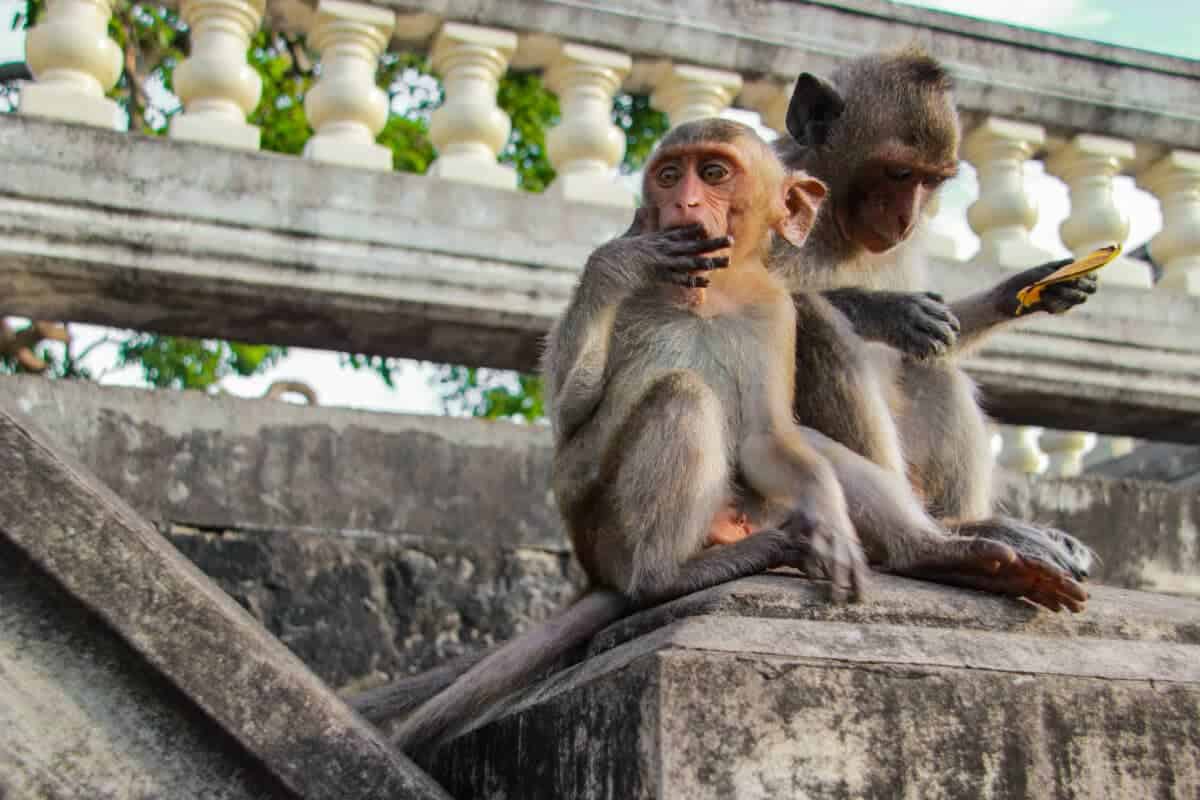
In recent years, a peculiar phenomenon has been observed in various cities around the world – the presence of monkeys making themselves at home amidst bustling urban landscapes. Traditionally associated with lush forests and treetop canopies, these adaptable creatures are carving out a niche for themselves in the concrete jungles of metropolises. This article explores the intriguing lives of urban monkeys, shedding light on the cities they inhabit, their foraging habits, origins, and distinctive traits.
Cities and Urban Monkey Habitats:
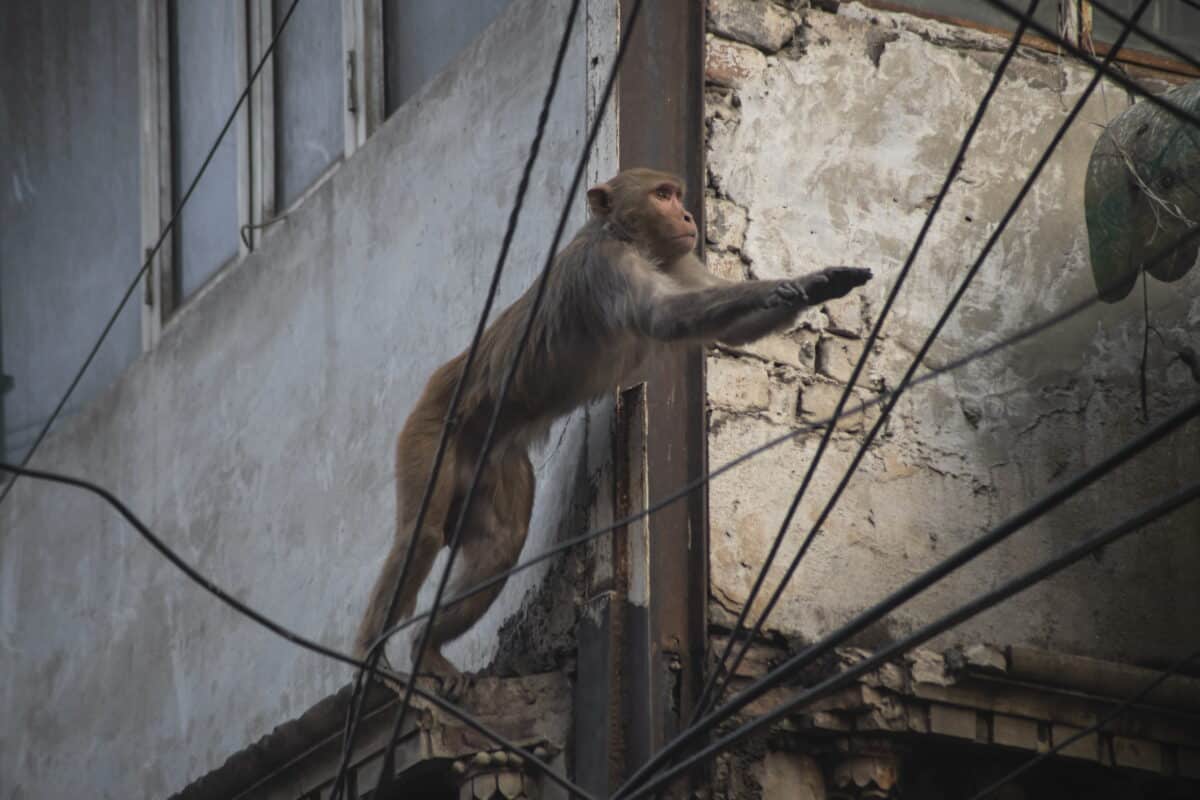
Urban monkeys have been spotted in cities across the globe, demonstrating their ability to adapt to diverse environments. Notable examples include New Delhi in India, where Rhesus macaques roam the streets with a nonchalant ease, and the Barbary macaques that have become a fixture in Gibraltar, a British Overseas Territory at the southern tip of the Iberian Peninsula. Jakarta, the capital of Indonesia, is another city grappling with a growing population of long-tailed macaques.
Foraging in the Concrete Jungle:
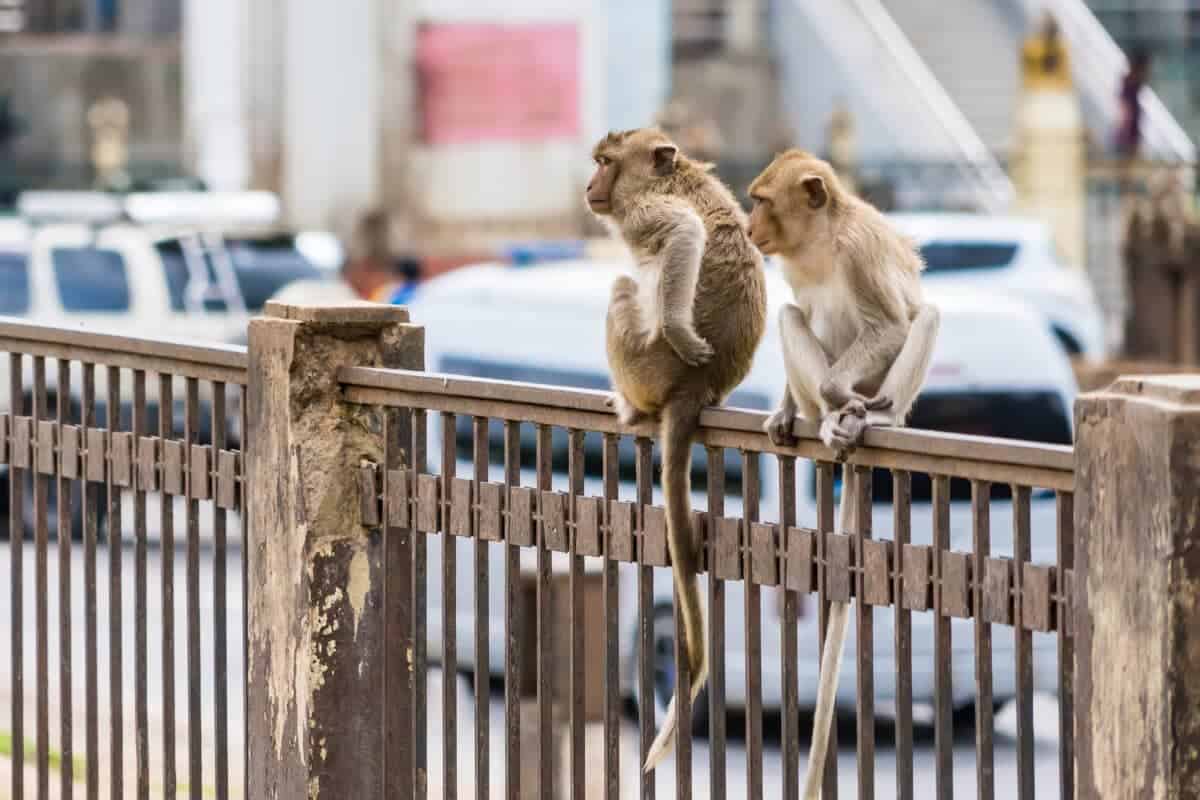
These resourceful primates have mastered the art of foraging in urban environments. In their natural habitats, monkeys feed on fruits, leaves, insects, and occasionally small animals. However, in cities, their diet undergoes a transformation as they scavenge through garbage bins, steal food from unsuspecting pedestrians, and raid outdoor markets. This adaptability is a testament to their intelligence and ability to exploit new food sources in the urban landscape.
Origins of Urban Monkeys:
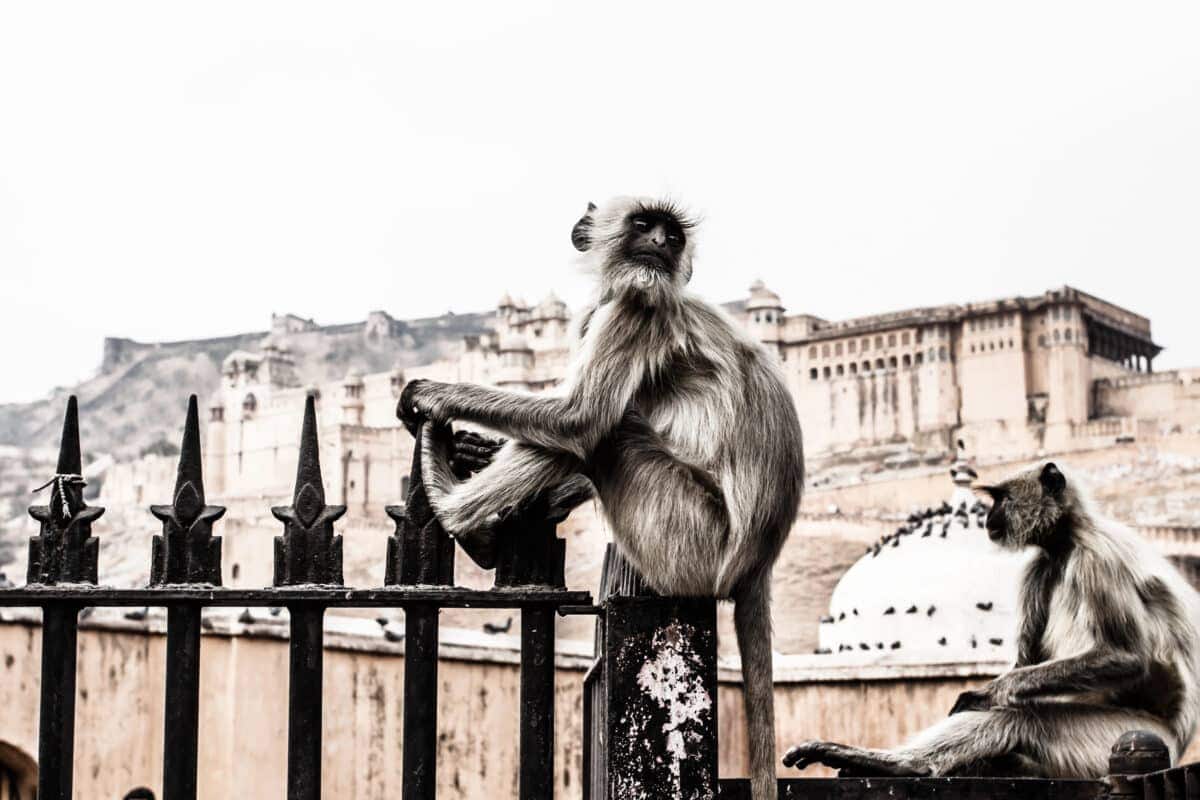
The influx of monkeys into cities is often a result of human encroachment into their natural habitats. Deforestation, urbanization, and the expansion of agricultural land force these creatures to seek alternative living spaces. Some species, like the Rhesus macaque, have a long history of cohabitating with humans, but the shift to urban areas is a relatively recent development. Human activities have unintentionally provided urban monkeys with new opportunities for survival, albeit at the cost of their natural habitats.
Distinctive Traits of Urban Monkeys:
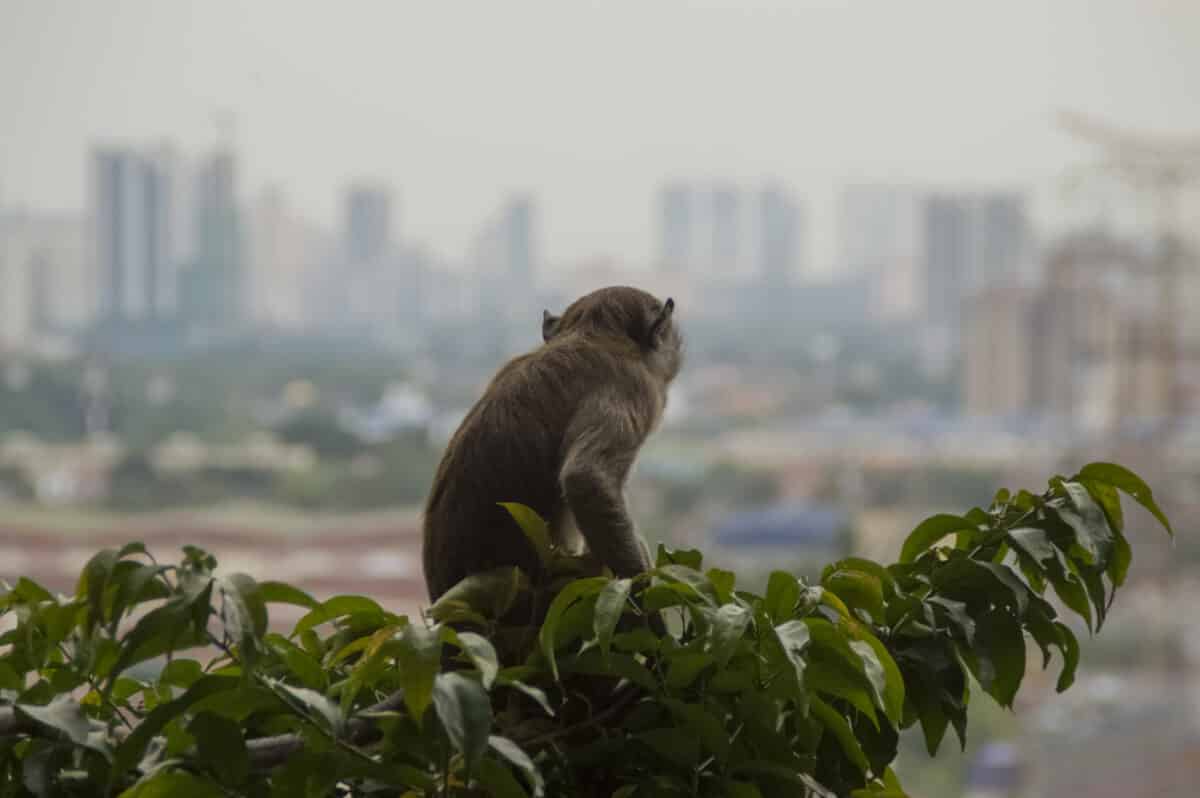
Adapting to city life has necessitated the development of unique traits in urban-dwelling monkeys. One notable characteristic is their increased boldness and familiarity with humans. In cities like New Delhi, monkeys are known to snatch food directly from people’s hands and even enter homes in search of edible treasures. This bold behavior, while often amusing, poses challenges for residents and authorities tasked with managing the human-monkey coexistence.
Another trait that sets urban monkeys apart is their ability to navigate complex urban infrastructure. From climbing buildings to traversing power lines, these creatures display a remarkable agility that allows them to explore and exploit the vertical spaces of cities. This adaptability is crucial for their survival in environments vastly different from their natural habitats.
As cities continue to expand and encroach upon natural habitats, the presence of urban monkeys serves as a reminder of the intricate relationship between humans and wildlife. These resourceful primates, once confined to dense forests, are now carving out a place for themselves in the heart of urban landscapes. Understanding their habits, origins, and distinctive traits is not only fascinating but also essential for fostering harmonious coexistence between humans and the ever-adapting creatures that share our cities.
Other articles you may enjoy:
Join our Forum for free today!

- Second American Killed by Elephant in Zambia This Year - July 22, 2024
- Elderly Man Kills Grizzly Bear in Montana - July 22, 2024
- Missing Cat Found Weeks Later, 40 Miles Away - July 21, 2024

